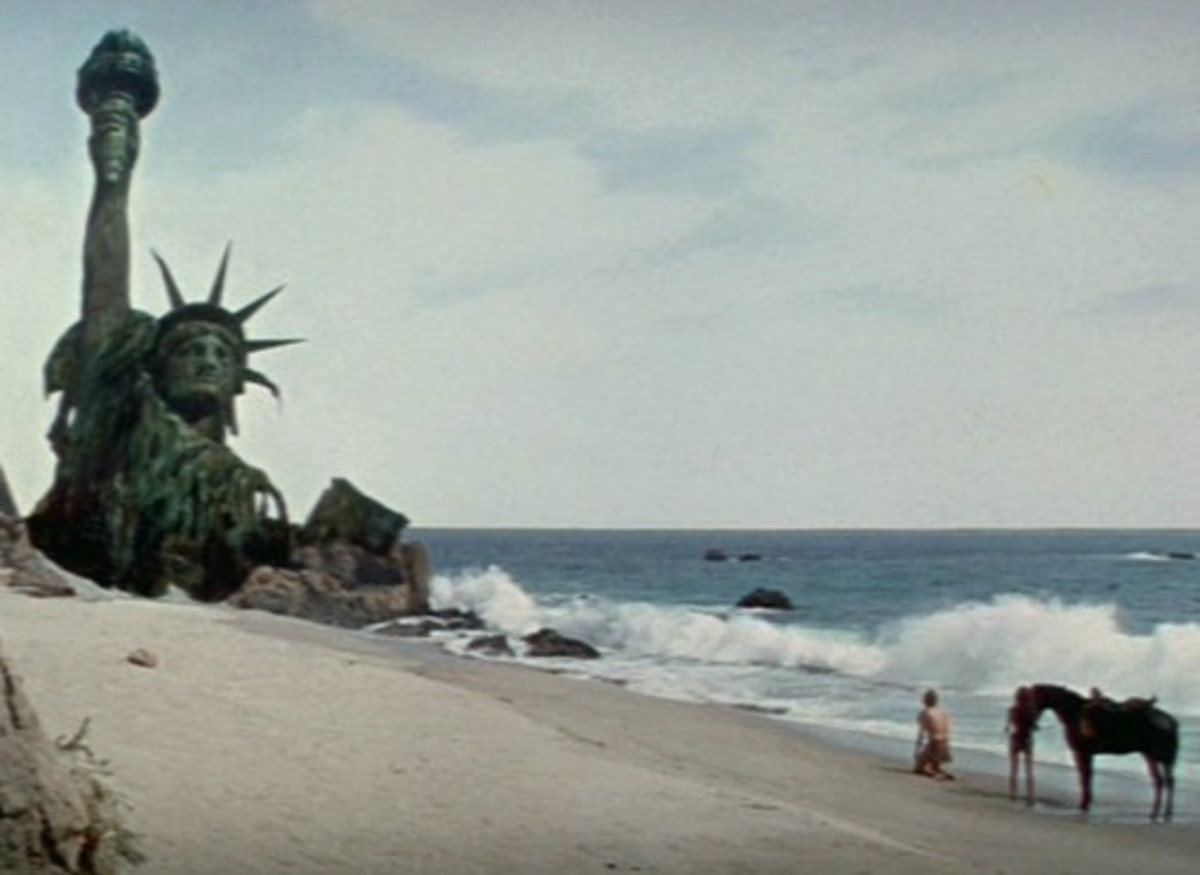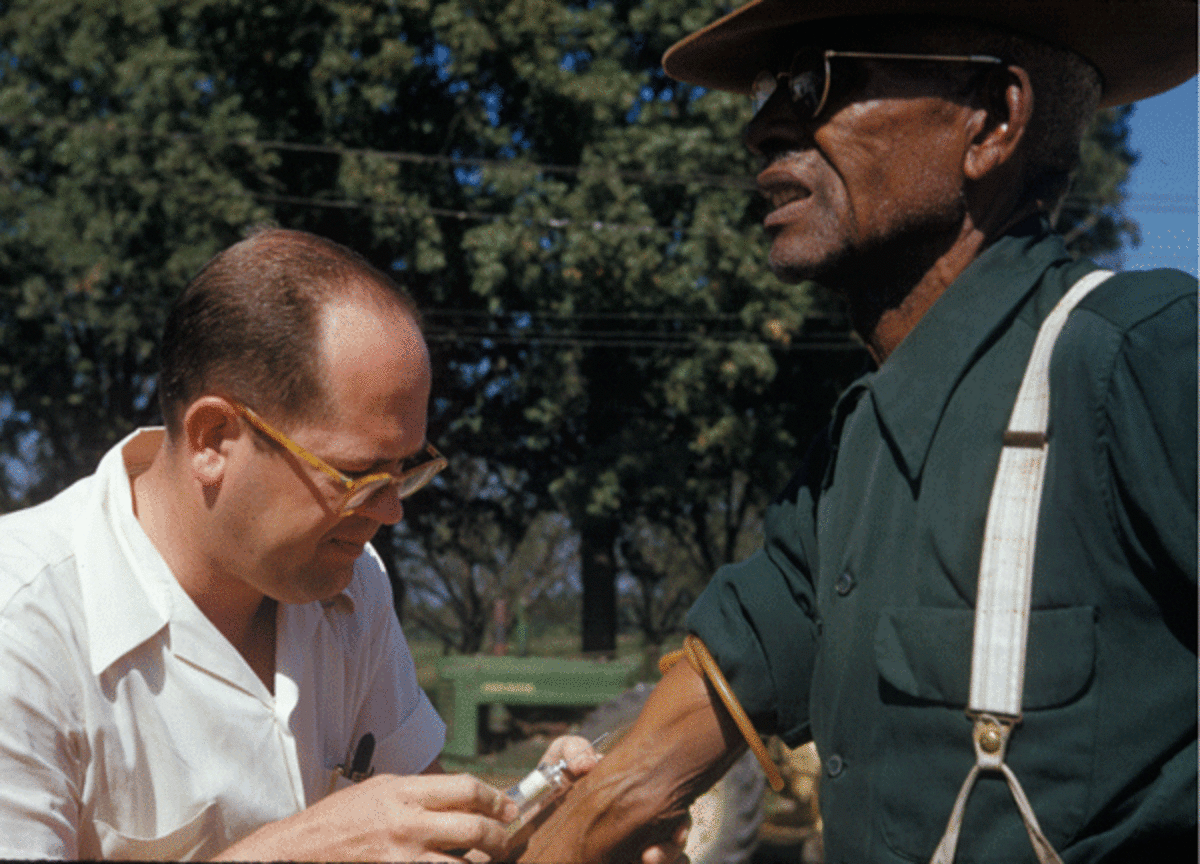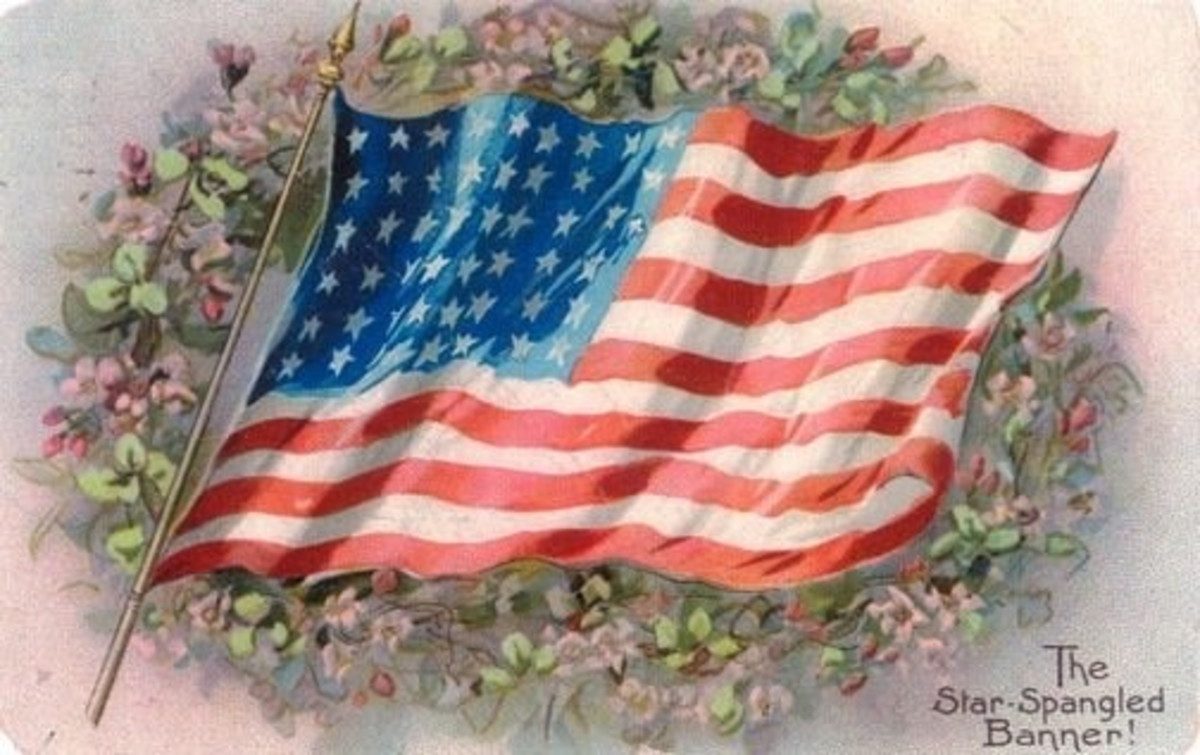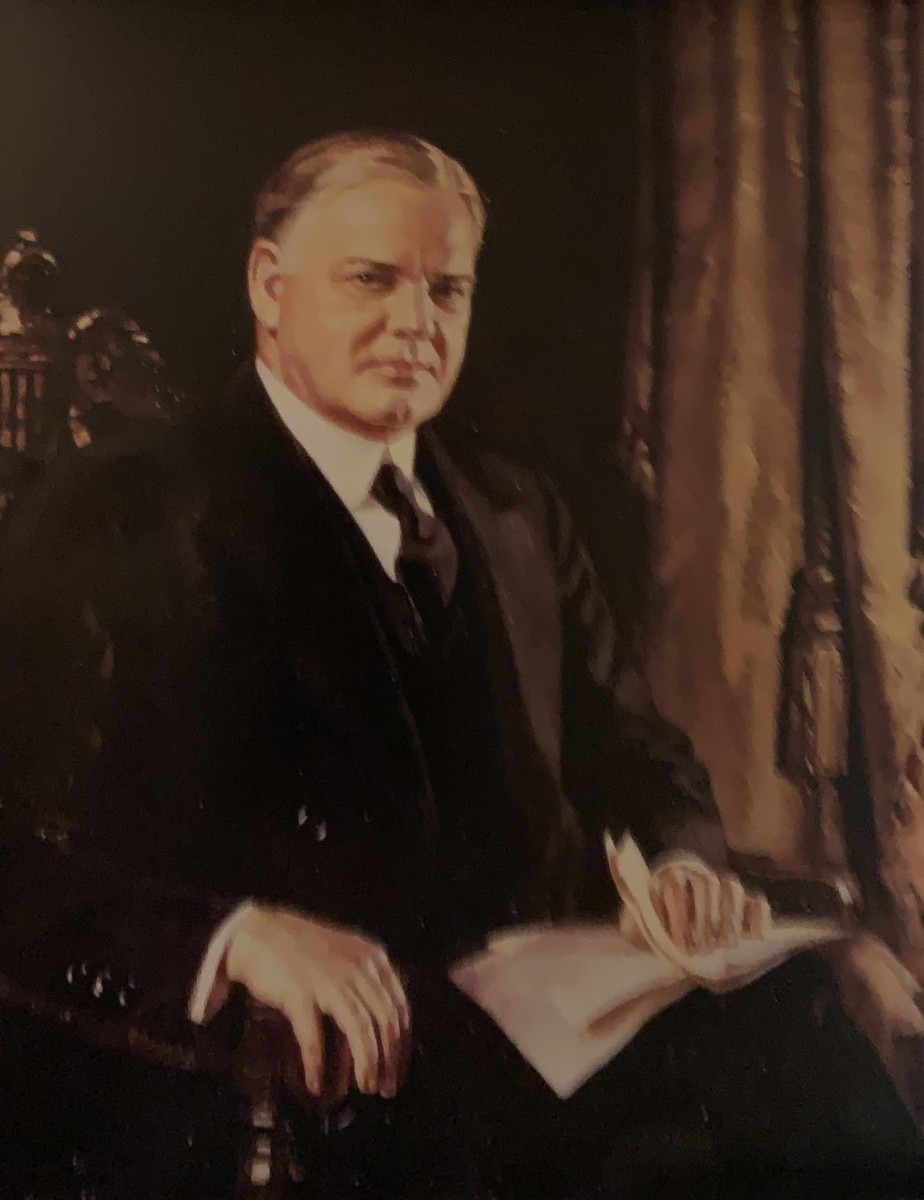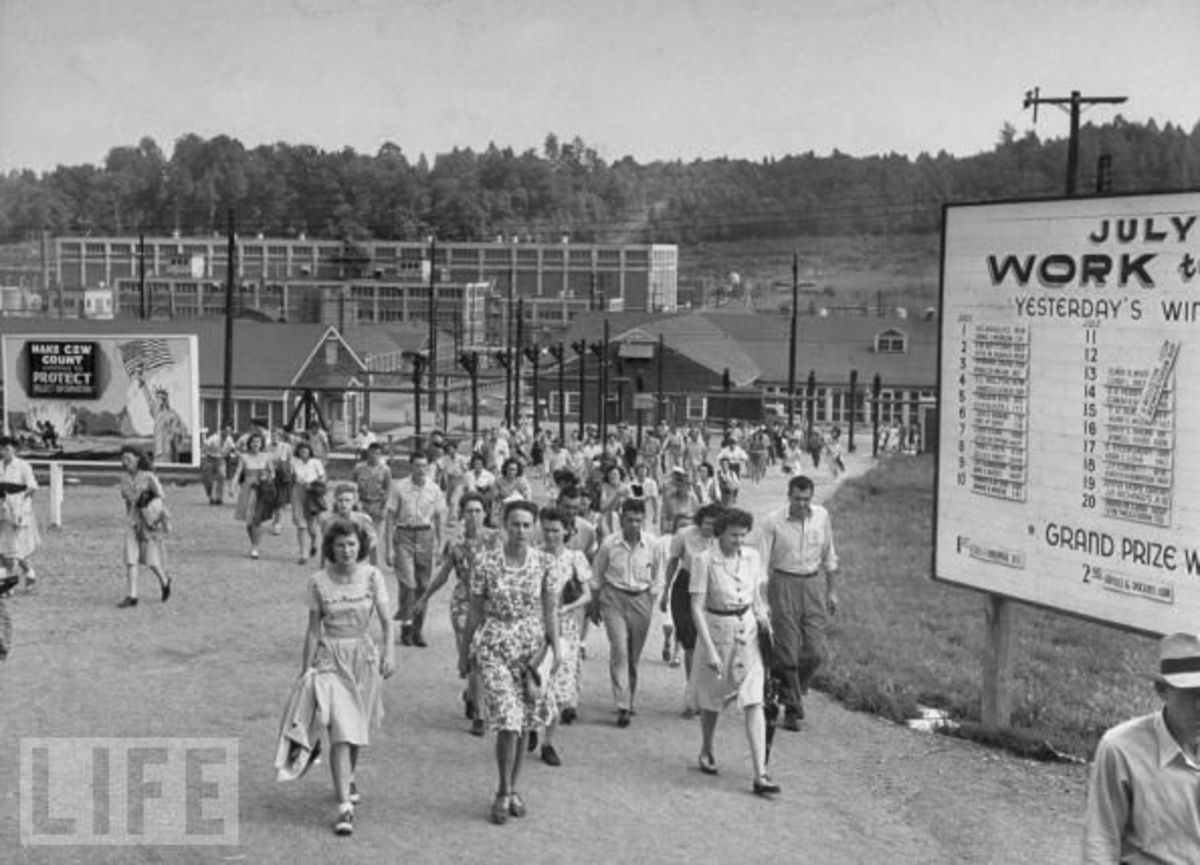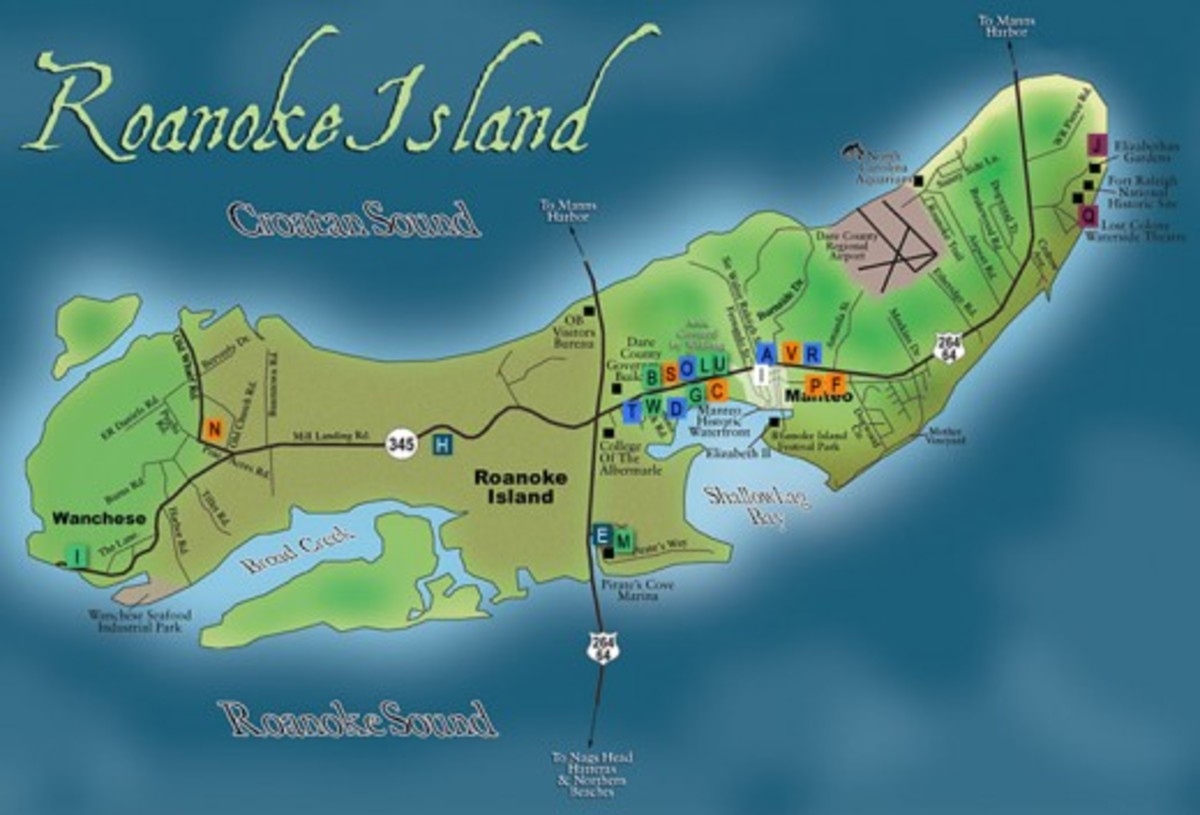- HubPages»
- Education and Science»
- History & Archaeology»
- History of the Americas
Modern America I

The Age of the Cowboy
The Spanish conquerors of Mexico brought with them long-horned cattle from Europe. Over the years, some of these animals went north to what we call Texas. There they formed huge wild herds.
These animals never left Texas until the “Age of the Cowboy.” It was not a long age, only about 20 years from 1866 to 1886. During that time, railroads were built across the United States, linking the East Coast with the West Coast. It was the cowboy’s job to drive the long-horned cattle from Texas to a railroad station hundreds of miles away. Along the way, the cattle would feed on the wild grass of the Great Plains. The trip north from Texas was called “the long drive.” It ended in a “cow town” where the cattle were put on railroad cars and taken to feed people in the big cities of the United States.
The cowboy’s job was tough. Each animal, with its sharp horns, was dangerous. Far more dangerous was a stampede. If a herd of cattle became frightened, it could suddenly start to run. Cowboys had to learn how to keep cattle calm and how to halt a stampede. They also had to be on guard against Indian attacks.
The cowboy age ended when farmers pushed onto the Great Plains and put up barbed-wire fences. There could be no long drives without open grassy areas for the cattle to feed on. In addition, the long drive was not needed once railroads linked Texas with the cities. The cowboy became a ranch hand, raising cattle on huge ranches instead of driving them across the plains.
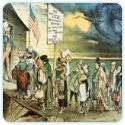
People from many Lands
The United States is a country made up of people from many lands. Up to about 1890, most immigrants came from England, Ireland, Germany, and Africa. The Africans, of course, did not choose to come to America. They were forced to come here and work as slaves. Other migrants came for a chance to live a better life.
After 1890, millions of people flowed into the United States from Poland, Russia, Italy, Greece, and other parts of eastern and southern Europe. They came for a better life, too. But often they lived in terrible conditions. They worked long hours for low pay in dirty, poorly lighted factories. Then they went home to crowded apartments in the slums of America’s big cities.
Sometimes, the newcomers did not feel welcome in America. For example, many Chinese people came to United States in the years just before and after the Civil War. Some Americans did not like to see so many Chinese people living and working in the United States. Laws were passed to keep more Chinese from coming. Later laws stopped Japanese people from migrating to America. A 1924 law put an end to nearly all immigration.
The law was taken away in 1965. Since then, many newcomers have migrated to America. Millions have come from Asian nations like Vietnam, Korea and the Philippines. Millions more have come from Latin America, especially Mexico and the Caribbean islands. Like earlier migrants, these new Americans have worked hard to make a better life for themselves and for their families.
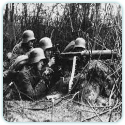
World War I
In August 1914, Europe exploded into war. Most countries chose sides in the conflict. Germany, Austria, and Italy made up one side. The other side included England, France, and Russia. Even more countries joined later. It was the first global war.
Most Americans wanted to stay out of this war. A month after it started, President Woodrow Wilson said that the United States would be neutral, not taking either side in the war. In 1916, Wilson won another term as president. Many people voted for him because they believed his slogan: “He kept us out of war.”
Most Americans, however, hoped that Germany would lose. This feeling grew stronger when Germany began using submarines to sink American ships carrying goods to England. President Wilson told Germany that it must stop its submarine attacks. But early in 1917, Germany said it would not stop attacking American ships.
On April 6, 1917, the United States declared war on Germany. But it looked as though the Americans were too late. Germany was close to winning. Early in 1918 it made peace with Russia and threw all its soldiers against England and France. By the time the first large groups of Americans soldiers arrived, German soldiers were within 50 miles of Paris, the French capital.
But the Americans did make the difference. Fighting bravely in France, they pushed the Germans back. Finally, on November 11, 1918, all sides agreed to lay down their weapons. The bloodiest war had come to an end, and America was a world power.

